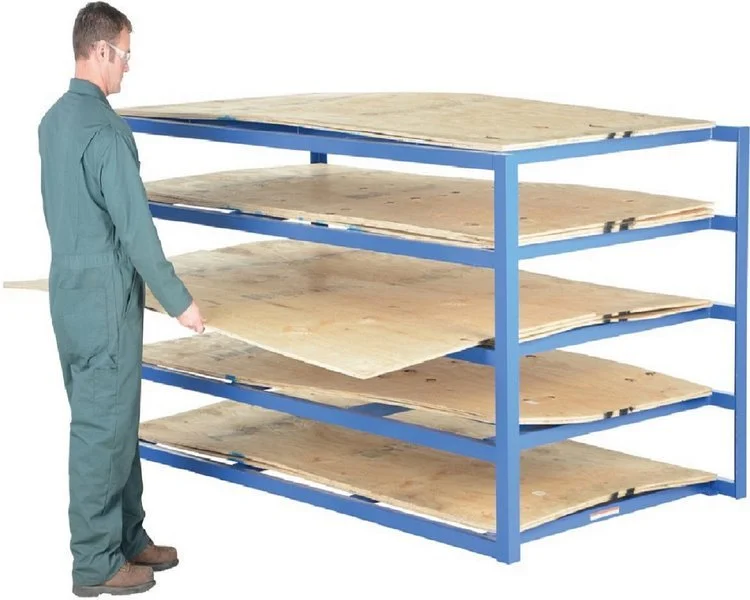Understanding Tread Types for Platforms and Ladders
Choosing an appropriate tread type for the platform or ladder you need for your particular application may be somewhat difficult if you are not familiar with the different tread types and the characteristics of each type.
The 7 most common tread types in approximate order of popularity are:
· Perforated Tread
· Grip Strut Tread
· Expanded Tread
· Grip Tape Tread
· Ribbed Tread
· Diamond Plate Tread
· Bar Grate Tread
Pictures of the four most common tread types can be seen at the website link below:
https://www.platformsandladders.com/tread-types
Perforated tread has small holes in the tread that are slightly raised. These slightly raised holes provide a bit of traction between the feet of the user and the tread. Because the holes are small and slightly raised, small objects (such as small nuts, bolts and washers) may not fall through. Perforated tread is a good all-purpose tread if the location of use is not an icy, oily or similar slippery application.
Grip strut tread, sometimes called serrated tread, has holes much larger than the holes found on perforated tread. These larger holes have a saw tooth upper edge which provide more traction between the feet of the user and the tread when compared to perforated tread. Because the holes are larger than those of perforated tread, objects such as small nuts, bolts and washers will likely fall through. Grip strut tread is good all-purpose tread if the location of use is somewhat slippery. Even though grip strut tread provides good traction, use the platform or ladder with extreme caution when the location is slippery.
Expanded tread has diamond shaped holes that are not raised. This tread type is a middle ground between perforated tread and grip strut tread. It provides more traction than perforated tread, but less traction than grip strut tread. As with grip strut tread, the expanded tread holes are larger than those of perforated tread, so objects such as small nuts, bolts and washers will likely fall through. Expanded tread is good all-purpose tread if more traction than perforated tread is desired.
Grip tape tread does not have any holes in the tread. Tread traction is accomplished through the use of grip tape applied to the top of the tread. This durable tape has a surface similar to sandpaper. Because grip tape tread does not have any holes, no objects will fall through. Grip tape tread is usually used only in locations where aesthetics is important such as business offices and libraries.
Ribbed tread also does not have any holes in the tread. It has slightly raised lines for a small amount of traction. As with grip tape tread, because ribbed tread does not have any holes, no objects will fall through. Ribbed tread is usually used only in locations where tennis shoes or street shoes are worn.
Diamond plate tread also does not have any holes in the tread. It does have slightly raised areas to offer a little traction. As with grip tape tread, because diamond plate tread does not have any holes, no objects will fall through. If you are not familiar with diamond plate, you may have seen diamond plate tool boxes in the beds of pickup trucks. Diamond plate is mostly a special-order tread for use on platforms to reduce the likelihood of falling objects.
Bar grate treads has large rectangular holes in the tread. It is made in many configurations, each with different degrees of traction. Some configurations have a saw tooth top edge similar to grip strut tread. It is only found on special order platforms and ladders where extreme strength and durability are required. This tread type is the most expensive.
It is important to note that, even though each tread type offers some level of traction, you should be very careful when using a platform or ladder to avoid potential injury or even death from a fall. The 3 point of contact rule should always be used. This rule means you should have 2 feet and 1 hand or 1 foot and 2 hands in contact with the platform or ladder when ascending and descending. When possible, the 3 point of contact rule should also be used when you are on top of the platform or ladder as well.































